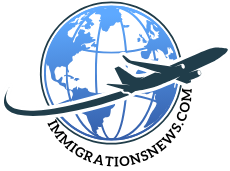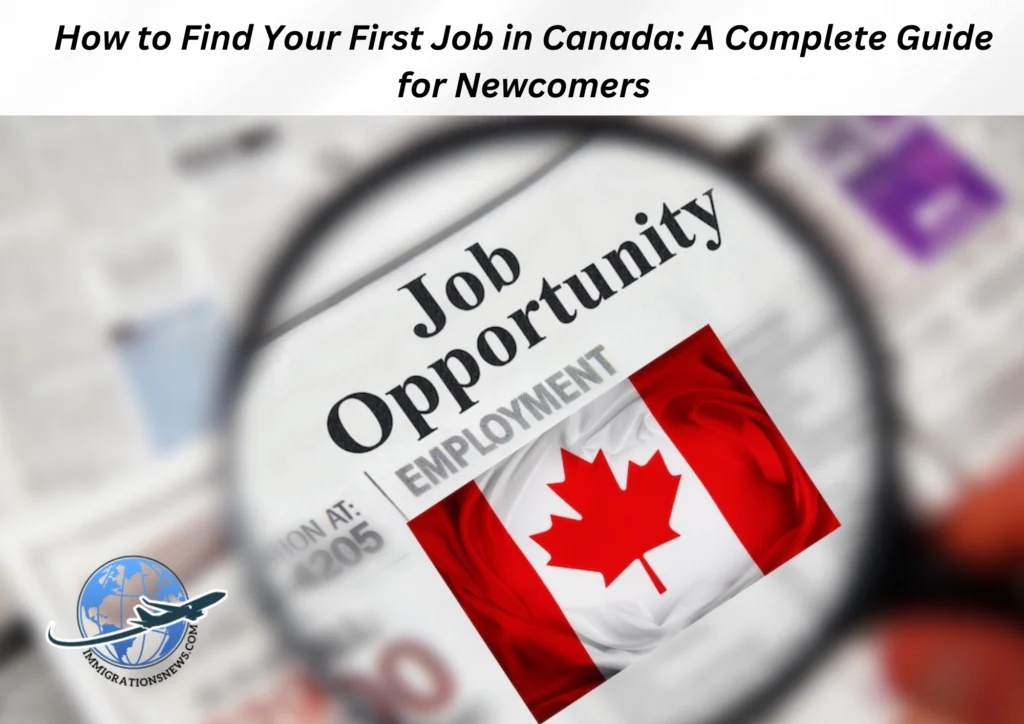Finding your first job in Canada as a newcomer can seem overwhelming at first. Whether you’re new to the country or just stepping into the job market for the first time, there are a few key strategies that can make all the difference. This guide will provide you with essential tips, resources, and advice on how to secure that first job and start your career journey in Canada.
Why is Finding Your First Job in Canada Challenging?
The Canadian job market can be competitive, especially for newcomers. Many immigrants or international students face challenges like:
- Limited Canadian work experience
- Cultural differences in the workplace
- Understanding the Canadian resume format
- Navigating job search platforms
However, don’t let these challenges discourage you! There are plenty of strategies and resources available to help you find success.
Step 1: Understand the Canadian Job Market
Before you begin your job search, it’s important to understand the Canadian job market. The Canadian job market is diverse, with opportunities across various sectors, including technology, healthcare, education, and more.
Here’s a breakdown of key industries:
| Industry | Key Roles | Average Salary |
|---|---|---|
| Technology | Software Developer, IT Specialist | $60,000 – $120,000 |
| Healthcare | Nurse, Medical Technician | $50,000 – $90,000 |
| Education | Teacher, Education Assistant | $40,000 – $70,000 |
| Retail and Customer Service | Sales Associate, Manager | $30,000 – $50,000 |
Make sure to target sectors where your skills and experience match the demand, and consider further training or certification if necessary.
Step 2: Tailor Your Resume and Cover Letter
One of the first steps in finding a job in Canada is updating your resume and cover letter to match Canadian standards. Canadian employers are accustomed to a specific resume format, which typically includes:
- Contact Information (name, phone, email)
- Objective Statement (short, focused on your career goals)
- Skills (include hard and soft skills relevant to the job)
- Work Experience (emphasize relevant roles and responsibilities)
- Education (highlight degrees, certifications, and training)
Example of a Canadian Resume Layout:
| Section | Details |
|---|---|
| Objective | Seeking a position in customer service to leverage communication skills and problem-solving abilities. |
| Skills | Customer service, problem resolution, time management, MS Office |
| Work Experience | Customer Service Representative, XYZ Corp (2019-2023) – Addressed customer inquiries, processed returns, managed complaints. |
| Education | Bachelor of Arts in Communication, University of Toronto (2018) |
Be sure to customize your cover letter for each position. Tailor it to the job description and demonstrate how your skills make you the perfect candidate.
Step 3: Network and Build Connections
Networking is a crucial aspect of finding your first job in Canada. Many positions, especially entry-level roles, are never advertised publicly. They are filled through word-of-mouth or referrals. Consider these networking tips:
- Attend Networking Events: Look for job fairs, workshops, and industry events in your area.
- Join Professional Associations: Becoming a member of industry groups will help you meet potential employers.
- Use LinkedIn: LinkedIn is widely used in Canada for professional networking. Optimize your profile, join industry-specific groups, and connect with hiring managers.
Networking can often lead to valuable insights and job opportunities that aren’t widely available.
Step 4: Explore Job Search Platforms
Once your resume is ready, start applying to job listings on popular Canadian job portals. Some of the top platforms include:
| Job Portal | Website | Best For |
|---|---|---|
| Job Bank | www.jobbank.gc.ca | Government jobs, all sectors |
| Indeed Canada | www.indeed.ca | Variety of job listings, nationwide |
| LinkedIn Jobs | www.linkedin.com | Professional roles, networking |
| Glassdoor | www.glassdoor.ca | Company reviews, salary estimates |
Also, keep in mind that many companies directly post openings on their websites, so it’s worth checking the careers section regularly.
Step 5: Prepare for Job Interviews
The job interview is an essential step in securing a position. To excel in interviews, practice common questions like:
- Tell me about yourself.
- Why do you want to work here?
- What are your strengths and weaknesses?
- How do you handle conflict at work?
In addition, make sure you:
- Research the company thoroughly.
- Dress professionally according to Canadian standards.
- Prepare questions for the employer, showing interest in the company.
Remember that punctuality is critical, so always arrive early for interviews.
Step 6: Stay Positive and Be Persistent
Job hunting in Canada can take time, but persistence is key. If you’re facing rejections, don’t get discouraged. Stay positive, keep refining your resume, and continue applying. Sometimes, all it takes is persistence to land that perfect role.
Your First Job in Canada is Within Reach!
The journey to finding your first job in Canada can seem daunting, but by following the steps outlined in this guide, you’ll be well on your way to success. Focus on tailoring your resume, networking, exploring job portals, and preparing for interviews. With determination and the right resources, you’ll soon be taking the first steps in your Canadian career.



